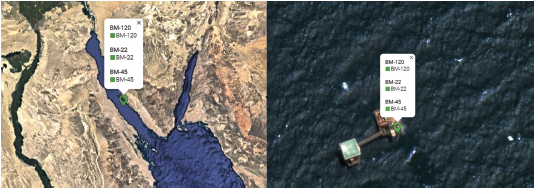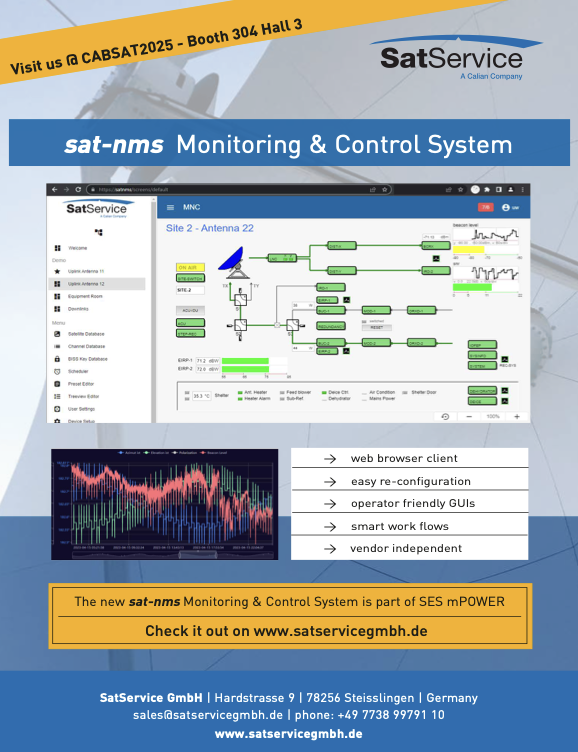The oil and gas industry has a significant influence on the global economy with over $4.2 trillion in revenue and double-digit compound annual growth rates. For oil producers, technology is playing a key role in ensuring petroleum companies can keep pace with ever-changing demand and increased regulatory requirements.

Since 2009, Numerica and ORBCOMM® have helped digitalize the petroleum industry with industrial IoT applications, hardware, and services.
Numerica’s WellMonitor Supervisory Control and Data Acquisition (SCADA) solution allows petroleum producers to remotely monitor and control artificial lift systems, optimize oil production, increase equipment lifespans, help meet or exceed regulatory requirements and save on labor and transportation costs. The Challenge
Oil producers face a wide range of challenges. Petroleum production is expensive, complex, and requires coordination and precision to be profitable. Plus, the petroleum industry is becoming increasingly regulated as environmental initiatives take shape. One of the keys to success is managing costs throughout petroleum production.

Farid Majana
For Farid Majana, Real Time Operations Manager at Numerica, this can be accomplished by IoT solutions with connectivity that can be trusted.
“By the very nature of the industry, oil and gas operations are performed in remote, rugged, and environmentally challenging environments,” he said. “Traditionally, petroleum companies have relied on direct hands-on management of wells by engineers. This requires driving long distances or even boarding ships so engineers can directly observe the status and performance of wells that are operating in widely distributed geographical areas. The operating conditions for wells can change rapidly, yet data is not easy to access since reliable connectivity in remote areas is often limited or unavailable. To remain competitive and optimize production, petroleum companies require more reliable and secure connectivity.”

Numerica WellMonitor in the Gulf of Suez
The Solution Numerica’s WellMonitor leverages ORBCOMM technology, including dual-mode, satellite-cellular services and hardware, to enable its customers to connect to well pumps even when cellular coverage is unavailable. Petroleum industry engineers can access data—including well motor frequency, voltage, current, temperature, intake and discharge pressures, vibrations and more—via a web browser or a smartphone app, making remote field operations more accessible. Plus, it allows engineers to remotely control pump processes so they can react to changing conditions faster without needing to send personnel to a site.

WellMonitor can be used to help with remote troubleshooting as well, providing alerts before problems become mission-critical and reducing the time it takes to address issues for improved efficiency, utilization, and production. WellMonitor uses AI to automatically detect unwanted operational events such as the presence of gas at an early stage, which allows the necessary corrective actions to avoid production losses and pump damage.
With ORBCOMM’s smart programmable terminals and flexible satellite services, data can be processed at the edge using apps that run directly on the terminals. This can decrease the cost of satellite connectivity as users can choose what specific data is sent—and when— rather than having all the data transmitted to WellMonitor.


